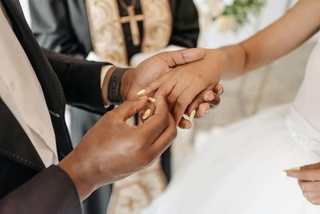
4 Tips for Choosing a Wedding Band That Matches Your Lifestyle
Wedding bands are so much more than just plain old rings. They are the symb...
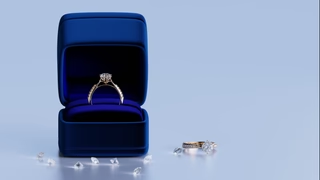
The Top Engagement Ring Trends of 2024
Engagement rings are more than a symbol of love and commitment. At their be...

How to Incorporate Diamonds Into Your Summer Style
Summertime is a precious stretch of the calendar when long days, cold drink...
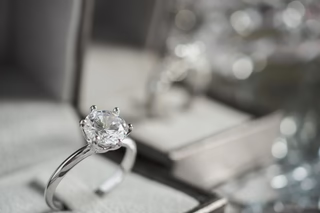
A Comprehensive Guide to Engagement Ring Settings
An engagement ring is the physical embodiment of a lifelong commitment. And...
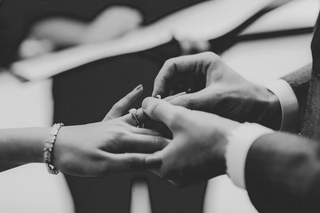
How to Wear Your Engagement Ring and Wedding Ring
When it comes to the symbols of eternal love and commitment, few things riv...
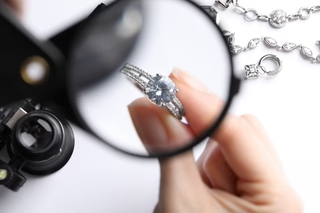
6 Things to Consider When Creating a Custom Diamond Piece
A custom piece of jewelry unites a passion for artistic design, style, and ...
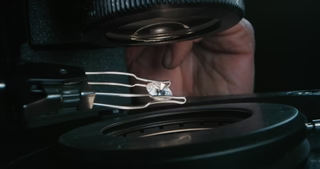
Understanding the Differences Between Mined and Lab-Grown Diamonds
Since cutting-edge Chemical Vapour Deposition technology emerged in the 198...
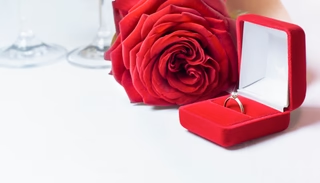
Why Are Diamonds Considered a Symbol of Love?
Because of their association with marriage, we take it for granted that dia...
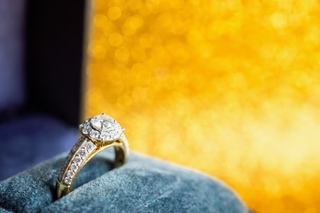
Diamond Jewelry Trends for 2024
Diamonds are renowned for their timeless appeal that’s always in style. Sti...
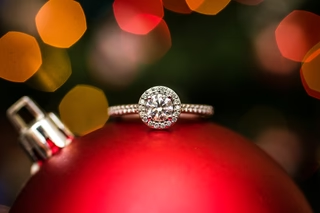
How to Choose the Perfect Ring for Your Holiday Proposal
The holiday season is about creating memories with the ones you love. For s...
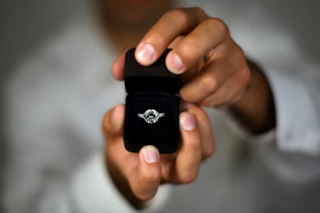
Give Thanks This Season with the Gift of a Diamond Ring
The only thing that can make a diamond ring more beautiful is purchasing it...

A Guide to Selecting the Right Diamond Shape
No matter the occasion, shopping for the perfect diamond is a unique and m...
